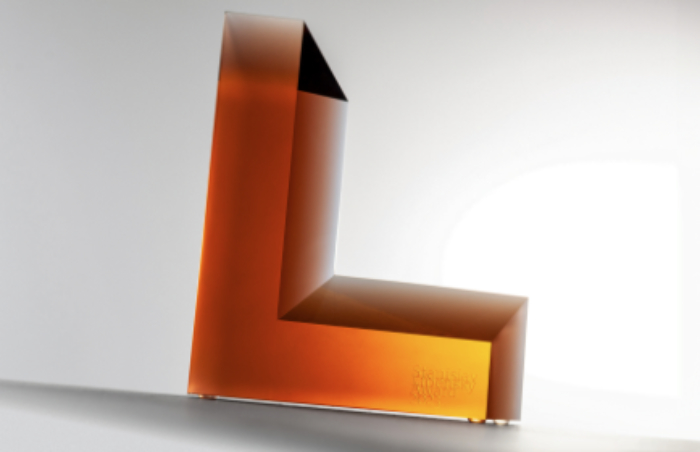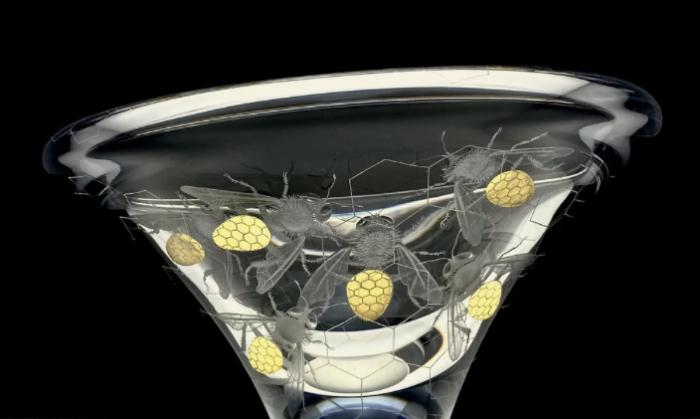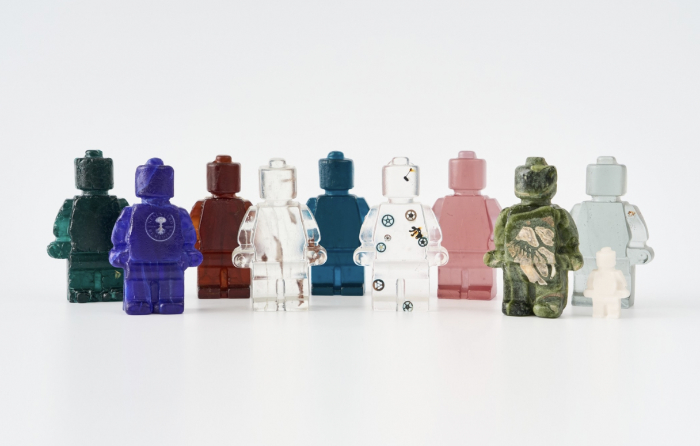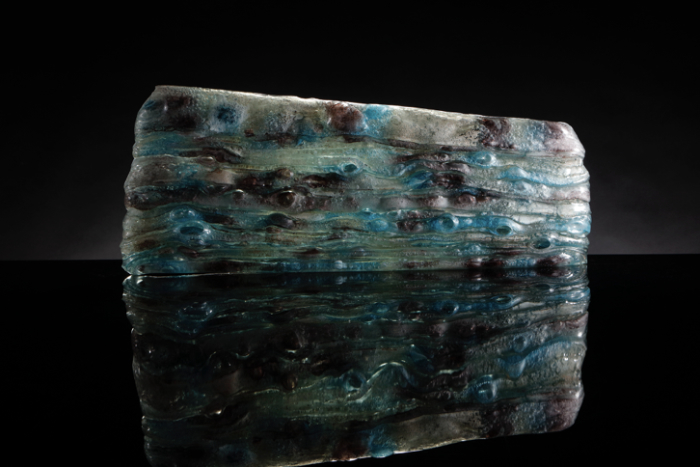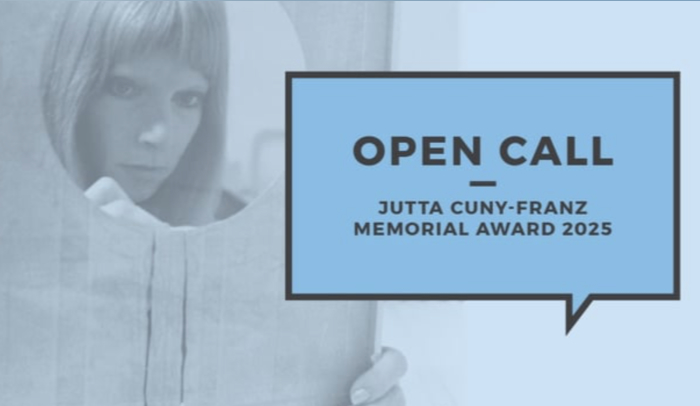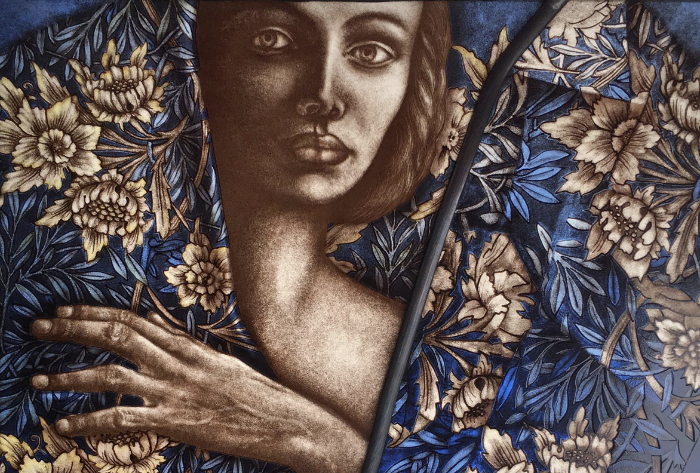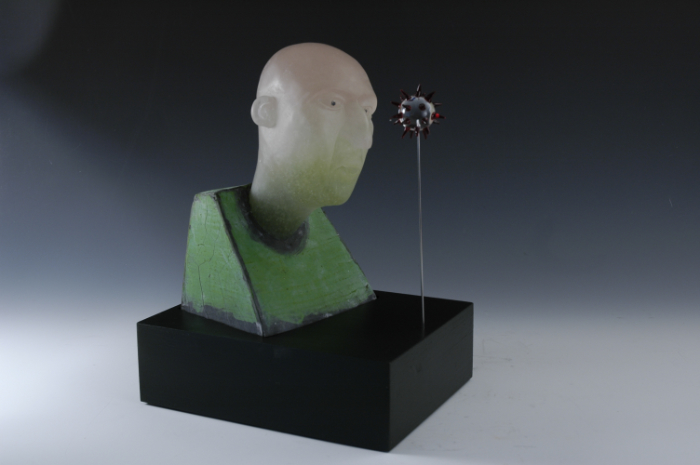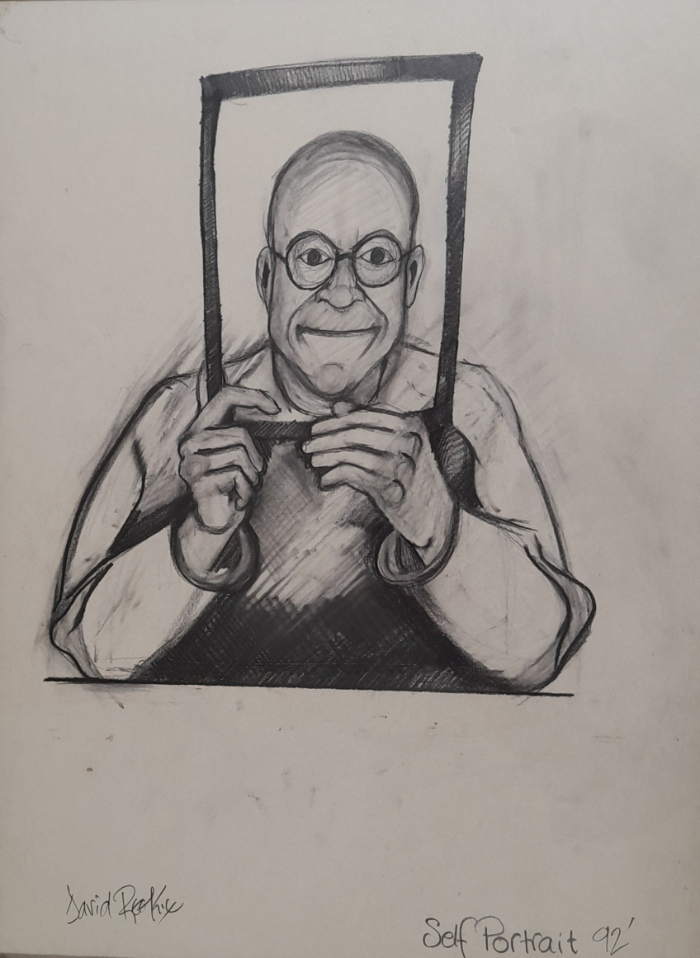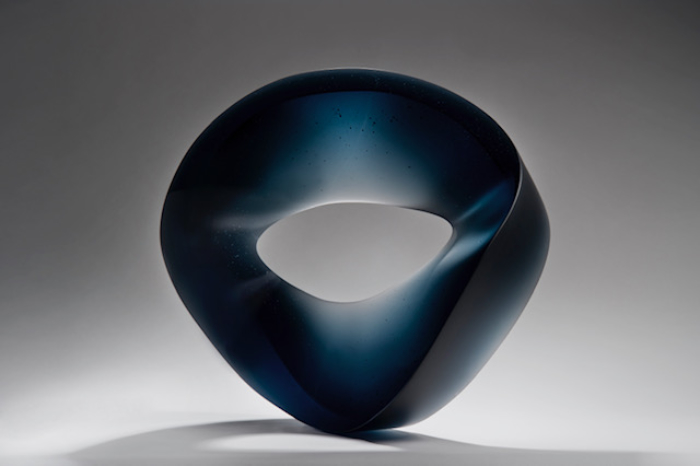
Following on from the Contemporary Glass Society’s (CGS) successful 25th Anniversary exhibition at the Stourbridge Glass Museum in 2022, we are returning to the Museum with the show ‘New Horizons’ in 2024.
This exhibition will showcase new work that has not been exhibited before, made by over 20 invited artists, using both traditional and modern methods of glass making. This contemporary work challenges and explores the boundaries of glass.
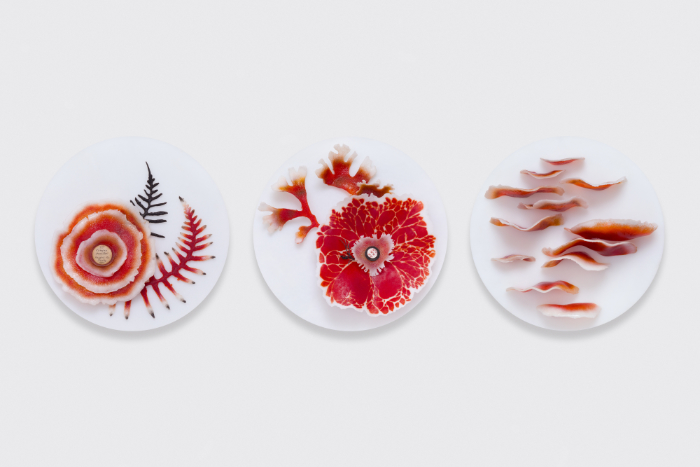
Glassmaking processes including hot glass, casting, kiln formed, pâte de verre, lampworking, neon and stained glass will be represented by the following artists: Anthony Amoako Attam, Emma Baker, Philip Baldwin and Monica Guggisberg, Heike Brachlow, Sarah Brown, Karen Browning, Penny Carter, James Devereux, Catherine Dunstan, Fiaz Elson, Dominic Fonde, Richard Jackson, Verity Pulford, Susan Purser Hope, Laura Quinn, Tim Rawlinson, Opal Seabrook, Ruth Shelley, Angela Thwaites and Brian Waugh.
New Horizons runs for four months from 13 July to 17 November 2024 and coincides with the Stourbridge-based International Festival of Glass and British Glass Biennale, which take place during the summer, so make sure to visit if you are coming to that event. Alongside this stunning display of work, CGS will be running supporting events, including artist talks and an opportunity to meet some of the makers.
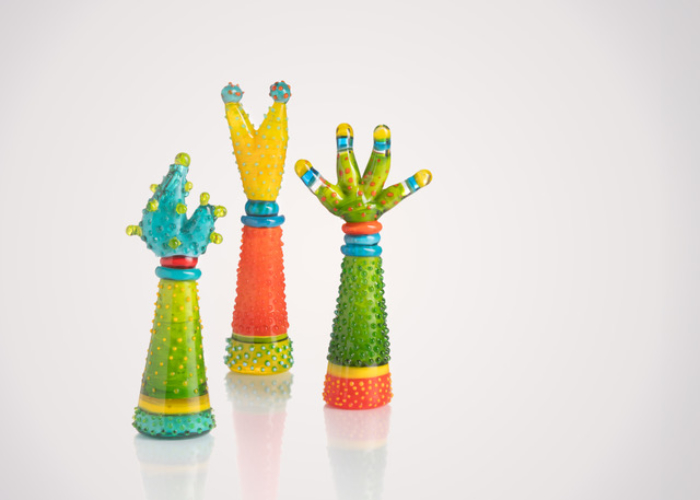
This cornucopia of glass work reflects the dynamism and sheer talent of contemporary glass in this country and demonstrates how glass makers continue to develop and challenge our understanding of glass as an artistic medium.
The Stourbridge Glass Museum is an ideal venue to host this display of exemplary contemporary glass from CGS members. As well as highlighting glass from the present day, the Museum houses over 500 items from the internationally renowned Stourbridge Glass Collection, celebrating the heritage of glassmaking locally and internationally.
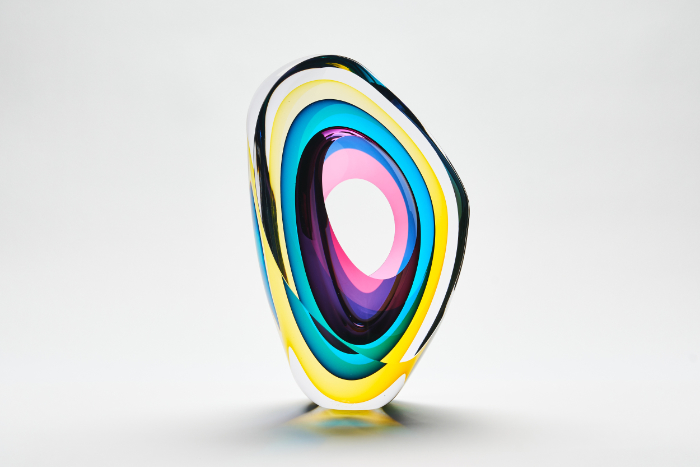
Stourbridge Glass Museum is at Stuart Works, High Street, Wordsley DY8 4FB, UK. https://www.stourbridgeglassmuseum.org.uk
Main image: HeikeBrachlow’s ‘Dione’ (2023). Photo: Ester Segarra.
